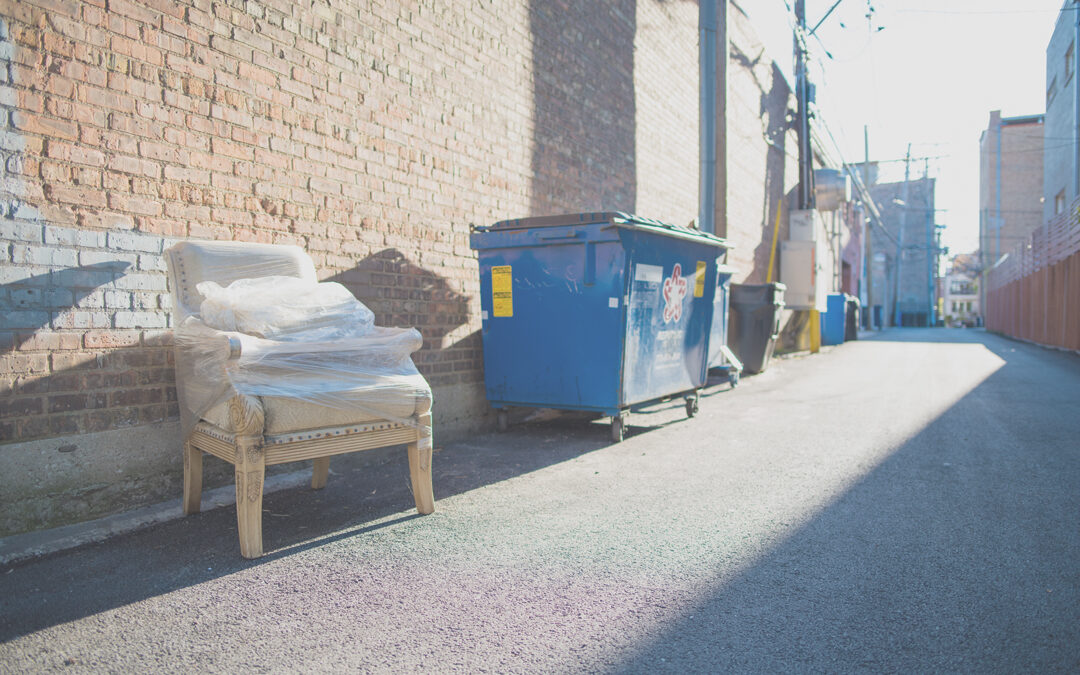If you’ve ever watched an episode of CSI, you know you can learn a lot by going through the trash. Event waste included!
First, What is an Event Waste Audit?
Most people are familiar with financial audits. Well, waste audits are similar, except instead of analyzing “the books” you analyze materials that are being thrown away at your event, and how they are being handled. The purpose of the process may be to experience some of the benefits below.
- Avoid Unnecessary Hauler Costs and Venue Fees
The economic model for paying for event waste varies. Sometimes fees are hidden in facility rental costs. Other times they are charged outright based on the amount of waste generated. In some cases you may be charged different fees for different kinds of materials based on if they are landfill, recycling or compost. And some kinds of waste, like cardboard and metal, may even generate rebates and revenue for venues! Data from a waste audit, combined with an understanding of the economic model for waste management at your venue, may help avoid costs.
- Identify Over-Ordering to Curb Expenses
Waste auditing can reveal excess materials that are being disposed of. This is particularly helpful for events that have food service, or are giving away branded or printed items. Even if you can’t do a full-scale waste audit, walking the show floor on move-out and peeking into waste bins is a great way to get a sense of what is left over, and if it could be eliminated or recovered. A particular thing to watch for is excess print collateral.
- Expose Design Flaws that Could Be Improved
Waste gurus have said that landfills are not a waste problem. They’re a design problem. Meaning, if we designed things with their full life-cycle in mind, we’d be better able to keep landfills from filling up, and avoid wasting money on things like packaging. One good example of this issue in the event industry relates to flooring. Think about all the carpet that gets laid for a tradeshow. Now think about whether you want your booth to be a cubic design, or something that is more curved and organic.
While it might look nice to have a wavy ribbon of carpet flowing through your booth, the trimming necessary to create the effect has a trickle-down effect in terms of waste. Small, curved pieces of carpet have little reuse potential and low to no recycling value. At four pounds per square yard, seemingly small pieces of carpet trim that accumulate in event dumpsters can start to add up to an increase in disposal costs. Considering the potential for manufacturing and set up waste at the outset of the event (or exhibit) design process can stop these problems before they start.
- Reduce Risks to Participants, Sponsors and the Event Brand
As event managers, taking care of our participants, sponsors and event brand is always top of mind. Yet experience in auditing events shows we don’t always extend our duty of care to being mindful of what is being thrown out and whose name is on it. And what it might mean if information about excessively wasteful practices were to be shared publically.
Waste auditing can help inoculate against these kind of brand risks, by uncovering issues, such as disposal of confidential or private attendee information (registration list and credentials). Or excessive amounts of branded items being sent to landfill that may have reuse potential. Going further: catching wasteful giveaways by exhibitors and providing sensitive feedback about waste-wise practices that reduce costs and protect brand can help to strengthen sponsor relationships.
- Discover Sustainability Opportunities to Create a Greener Event Experience
Lastly, but perhaps most importantly: waste audits help earn good planetary karma. Quite simply, they show you specific, practical ways to reduce waste, and keep more things from going to landfill, both of which ensure we have a cleaner, healthier environment, longer. They are an ideal first step in designing a waste recovery program that fits for your event, based on what kind of discards you have, and how involved you want attendees and sponsors to be. They also give you data, which can be used to share factual information with your event participants about how you are reducing negative event impacts, earning goodwill.
In Conclusion
Sometimes the best way to fix the plumbing is to look at what’s coming out the bottom of the pipe. Such is the case with event waste, where audits and adventurous dumpster divers can shine a light on inefficient and costly issues that impact your event and the planet.
(Social Coup LLC)

